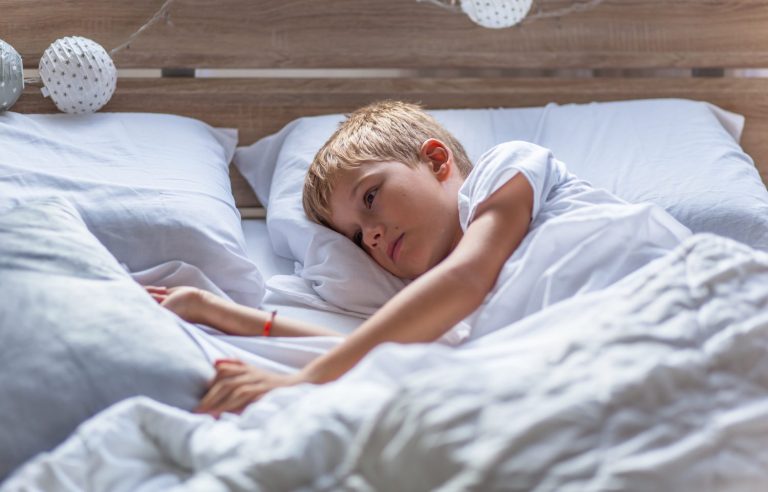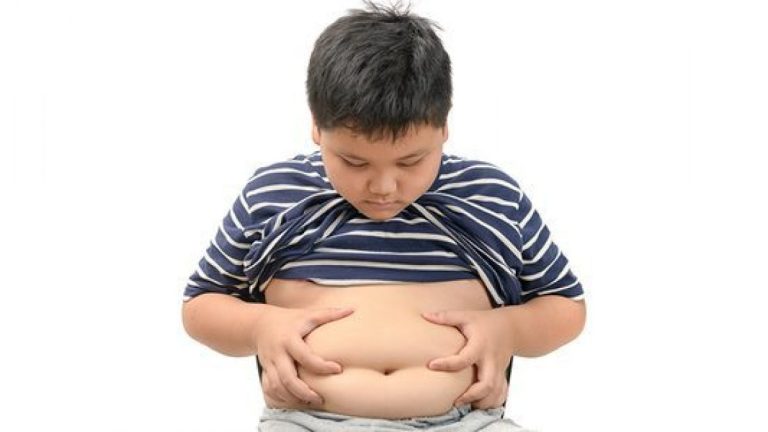Baby’s First Bath: Everything You Need to Know
The baby’s first bath depends on the customs of each culture. On one hand, it is given two days after the umbilical cord falls off, which happens at least 15 days after birth . That is, 17 to 18 days after the baby is born, he should receive his first bath to avoid infections or irritations in his navel.
In some places, babies were usually bathed within a few hours of birth, but the WHO recommends that the first bath be given 24 hours after birth, but it should be a sponge bath ; that is, the baby should not be submerged. Many babies can experience fear of water, so it is key that this first experience is as pleasant as possible for them; this way, future baths will not turn into a session of crying and fighting.
Tips for a Successful First Bath for Baby
1. It is a moment that both parents should share, it is ideal that both are present, so the baby will feel more secure. During the bath, it is recommended that the parents talk to the baby and transmit to the baby the relaxation that a bath produces.
2. Water temperature is also key to making your baby feel really comfortable. If you want to be completely safe, we recommend having a thermometer. The ideal temperature is 32°C to 34°C with a room temperature of 25°C. The way parents should measure the water temperature is with their elbow.
3. The tub should not be full of water, in fact, the water level should reach 15 cm, the baby is still very small and will not need more water; on the contrary, it can be dangerous.
4. Prepare everything you need, as well as the clothes you are going to put on the baby. Leave everything at hand, especially if only one of the parents is going to bathe the child, since they will not be able to move afterwards. The baby should never be left alone in the bathtub, and neither parent should be distracted or neglected.
5. Be patient. At first, your child will be uncomfortable with the bath, and may also be afraid. But with time, they will get used to it and enjoy it. The important thing is that they have the best experience around the bath, this way they will not associate their bath time with something negative.
If your baby protests too much about the change from sponge baths to regular baths, go back to sponge baths for a couple of weeks and try again.
6. Remember that you should not bathe the baby after feeding him, you should wait a while for the baby to digest. Each family will determine the appropriate time based on what they observe in their baby.
7. And finally, bathing frequency is recommended to be 3 times a week until the first year of life is over. It is not common for babies of this age to get dirty or sweat so much; on the contrary, more frequent baths could dry out their skin.
What Should the Bathroom Be Like?
The best position is to hold the baby with one arm and bathe him with your free hand. Everyone decides which hand feels more comfortable and safer. Begin to wet him gently from above, taking the opportunity to caress his body while you wet him.
Apply the soap and shampoo with gentle, soft movements, rinse and that’s it – there’s not much dirt to remove. The first baths should be short while the baby gets completely used to the water. Then you should dry him very well, but gently. This process should be quick so that he doesn’t feel cold.
How Can I Clean Baby Before Regular and Sponge Baths?
It is not usually necessary, however, you can do it with cotton balls moistened with warm water, being very careful with the navel and the folds between the fingers and toes, as these are very delicate areas that often tend to become irritated.



